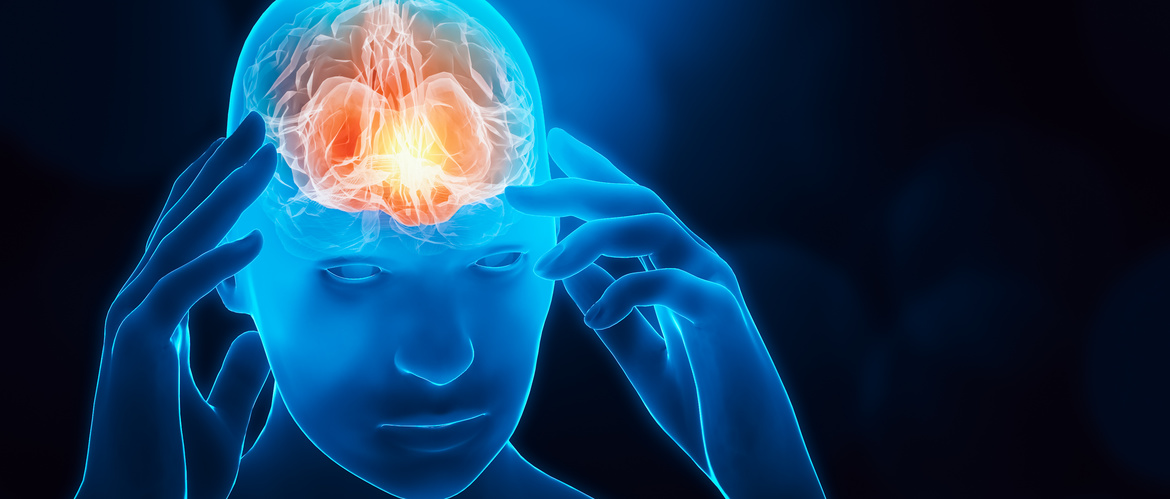
Choose a channel
Check out the different Progress in Mind content channels.

Progress in Mind

Migraine is highly prevalent across the globe and is associated with high levels of disability and financial burden. During a satellite symposium at #MTIS2020, Professors Dawn Buse, Albert Einstein College of Medicine, USA and Messoud Ashina, University of Copenhagen, Denmark discussed the functional impact of migraine highlighting the considerable burden of disease for patients, their families and society. Emerging migraine-specific preventive treatments have the potential to revolutionalise clinical practice and transform the lives of people with migraine.
Functional impact of migraine – the unmet need
Around 1.3 billion people worldwide are affected by migraine1 and it is the most common complaint encountered by neurologists in day to day practice.2 Yet migraine is underdiagnosed and undertreated.2 Migraine negatively impacts on virtually all important aspects of life including work, school, family, social, financial, and personal identity,3,4 and is the leading cause of years lived with disability among people aged 15 to 49 years.5
Migraine negatively impacts on virtually all important aspects of life including work, school, family, social, financial, and personal identity
Migraine is formally divided into two major categories depending on frequency: episodic migraine (EM) and chronic migraine (CM). But it is known that people with migraine naturally fluctuate in their status over time, and 2.5% of people diagnosed with EM convert to CM the following year.6 With appropriate management and time, however, CM can revert to EM in one-quarter of patients over 2 years.7
While we know that the impact of migraine increases with number of headache days, analysis and exploration of smaller sub-categories (low to high frequency EM, low-high CM) can give greater insights into the patient burden of migraine. There are now several validated tools to assess disability and quality of life of people with migraine alongside the impact of migraine on partners and children.8 Professor Buse summarised that metrics should examine which symptoms are most disabling and bothersome, and can be used to measure treatment outcomes and clinically significant change.
We should ask and measure what matters most to people with migraine
New preventive treatment may reduce migraine burden
Professor Ashina explained that preventive treatment can play a role in reducing the impact of migraine. Early and rapid preventive treatment of migraine aims to reduce the frequency, duration or severity of attacks and prevent the transition to CM.9,10 However, patient adherence to preventive medications is low and more effective drugs are required. Around 80% of people with migraine discontinue preventive treatment within 1 year, most commonly due to lack of efficacy and side effects.11
Emerging therapies offer more options for migraine preventive treatment including gepants – oral calcitonin gene-related peptide (CGRP) receptor antagonists – and new CGRP inhibitor monoclonal antibodies (mAbs).12 Evidence for their efficacy is promising, and current guidelines from the European Headache Federation (EHF) and American Headache Society (AHS) recognise the potential of new therapies.9,13,14 While EHF guidelines recommend existing oral preventive treatment in the first instance, CGRP inhibitor mAbs are gaining recognition and are recommended by AHS guidelines only after a number of other treatments have failed or are not tolerated.9 The benefits and considerations for their more widespread use are in discussion.
Prof Ashina concluded that in future the use of new treatments in clinical practice will be further supported by real world evidence of their long-term efficacy, tolerability and safety, and their potential for combination.
Migraine-specific preventive treatments have the potential to revolutionalise clinical practice and transform the lives of people with migraine
Educational financial support for this Satellite symposium was provided by H. Lundbeck A/S.
Our correspondent’s highlights from the symposium are meant as a fair representation of the scientific content presented. The views and opinions expressed on this page do not necessarily reflect those of Lundbeck.